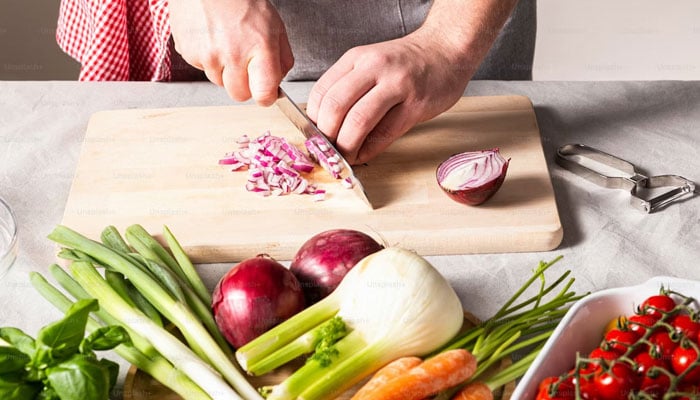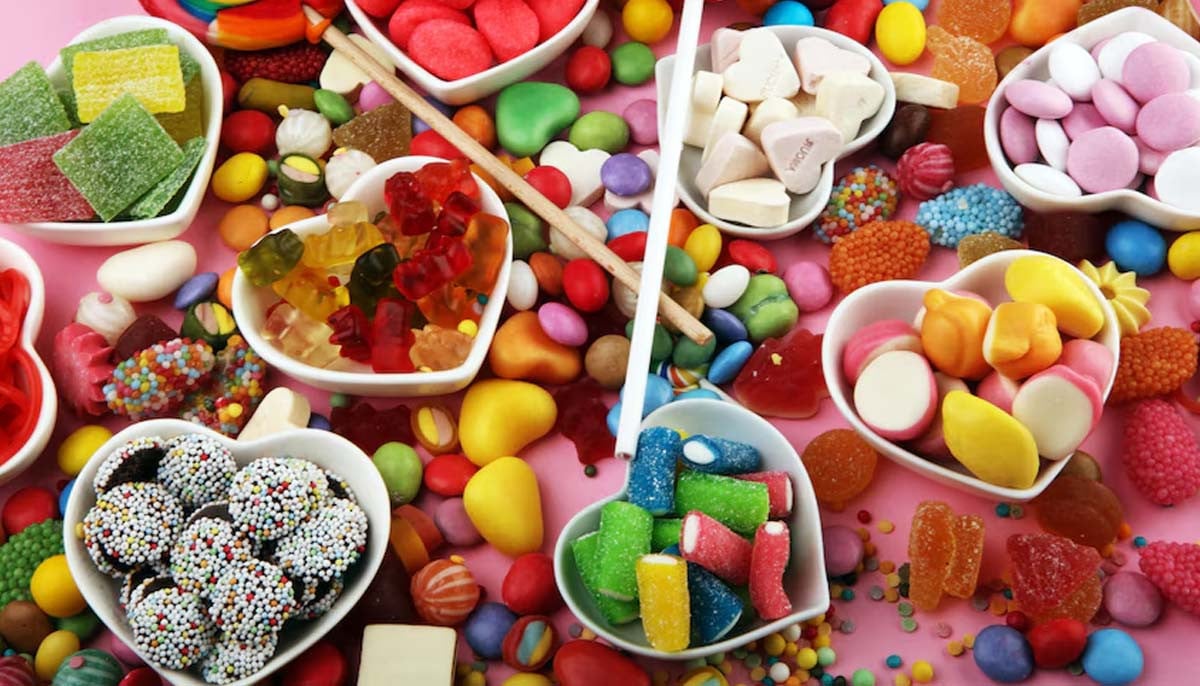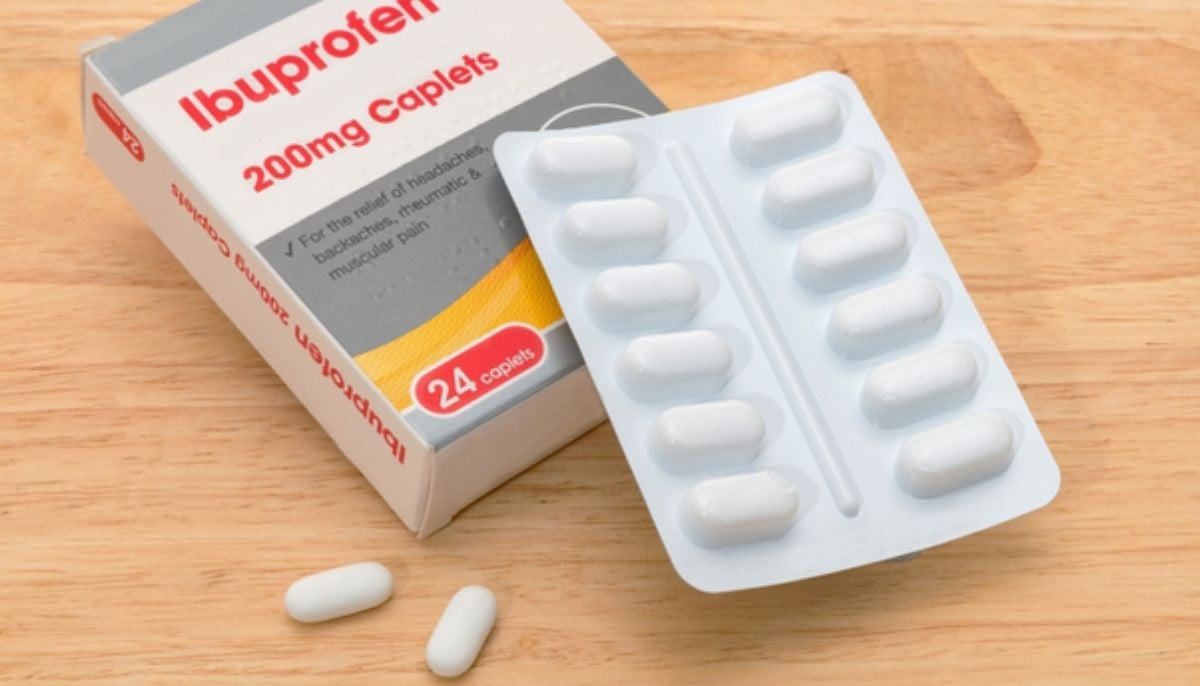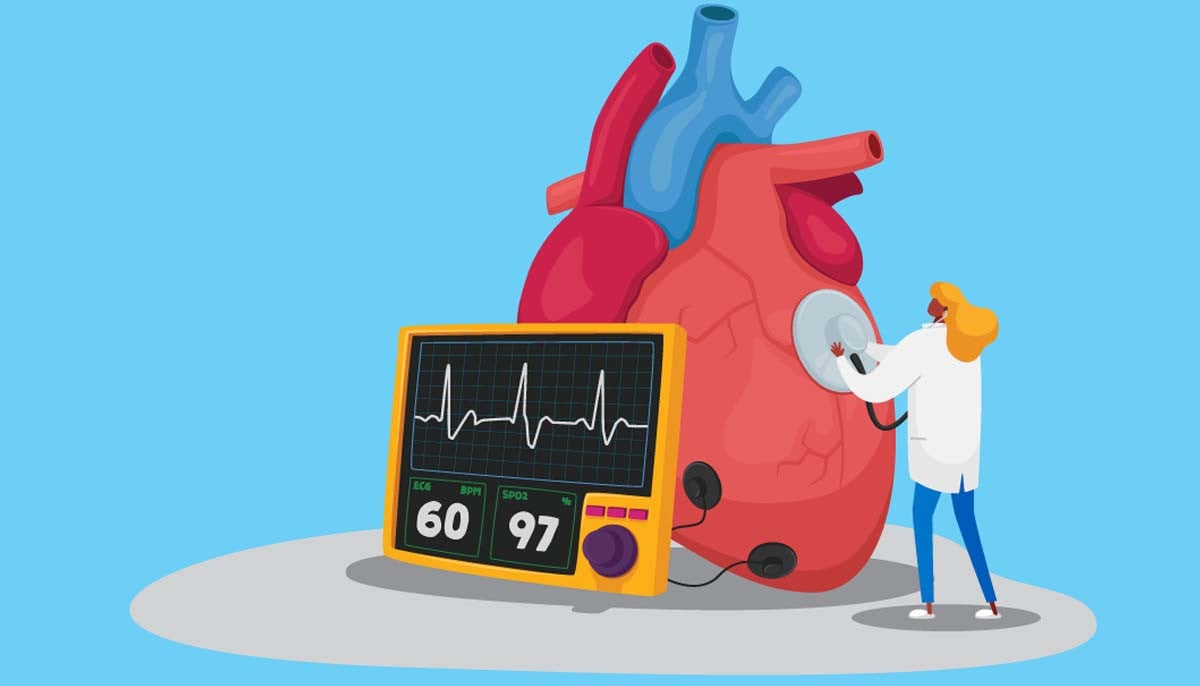How cutting boards contaminate foods with cancer-causing materials
Recently, researchers have shown that some plastic board materials can shed nano- and micro-sized flecks when cut with knives which have detrimental effects on one's health
Cutting boards are practical appliances that are commonly found in most households and restaurant kitchens. Yet, according to a small-scale study published in the Environmental Science & Technology journal by the ACS, they are a lesser-known source of micrometre-sized particles.
According to the researchers, slicing up carrots on wooden and plastic cutting boards can result in the production of tens of millions of microparticles annually.
However, a toxicity test revealed that neither the polyethene nor the wood microparticles emitted during chopping had a significant impact on the survival of mouse cells.
Cutting boards are commonly made of bamboo, rubber, wood, or plastic and often develop grooves and slash marks from mincing, slicing, and chopping food.
Recently, researchers have shown that some plastic board materials, including polypropylene and polyethene, can shed nano- and micro-sized flecks when cut with knives.
Nevertheless, those studies did not evaluate the quantity of these microplastics that might be created in actual food preparation scenarios. This would be significant information because ingesting the particles could have detrimental effects on one's health.
Eventually, Syeed Md Iskander and colleagues conducted their research to determine any potential toxicity from these microscopic components as well as the microparticles that would be generated when chopping vegetables on plastic and wood boards.
Cutting boards that had been repeatedly pierced by knives were used as the source of the micro-sized particles that the researchers collected and measured.
In their experiments, they compared the chopping styles of five people and one person on various materials with and without carrots.
As a result, the researchers estimated that, from their respective boards, food preparation might result in the production of 14 to 71 million polyethene microplastics and 79 million polypropylene microplastics annually.
The estimates could vary depending on a person's chopping technique, the material of the cutting board, the amount of force required to cut through foods, whether components are chopped roughly or finely, and how frequently a cutting board is used.
Although the researchers indicated in various tests that wooden boards shed 4 to 22 times more microparticles than plastic ones, annual estimates for wooden boards were not established.
Yet even though a lot of microparticles were produced, the scientists discovered that in lab testing, the polyethene microplastics and wood microparticles that were generated when cutting carrots didn't seem to have a major impact on the viability of mouse cells.
The researchers further concluded that other solutions may be needed to reduce microplastic contamination.
According to a new study from the University of Eastern Finland, released in January 2023, exposure to high doses of micro-sized polyethene has adverse effects on cells.
The researchers investigated the toxicity of micro-sized polyethene in two different human colorectal cancer cell lines.
Being one of our most common plastics, polyethene is used for a variety of purposes, for example as packaging material.
-
Can Ibuprofen cut cancer risks? Study finds promising breakthrough
-
Find out early subtle signs that you might have Parkinson's disease
-
Relieve eczema symptoms this winter with simple steps
-
New hope for people with obesity as failed drug offers cure
-
New drug shows promise in lowering dangerous blood fats
-
New research finds back pain may disrupt men’s sleep quality later in life
-
Do you have depression or is it just Monday blues? Find out where science stands
-
Air pollution may play a role in prostate cancer risk, experts warn












